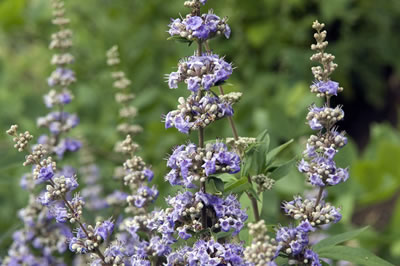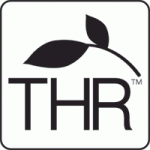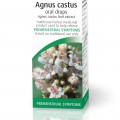Agnus Castus
 Belonging to the Verbenacaea family of plants, Agnus castus (Vitex agnus-castus L.), is also known as chaste tree berry, or monk’s pepper. It is a small shrub with violet flower spikes and long, slender leaves. Native to the Mediterranean region, it grows in subtropical climates throughout the world. Its tiny, red berries are harvested in the fall and then dried for medicinal use.
Belonging to the Verbenacaea family of plants, Agnus castus (Vitex agnus-castus L.), is also known as chaste tree berry, or monk’s pepper. It is a small shrub with violet flower spikes and long, slender leaves. Native to the Mediterranean region, it grows in subtropical climates throughout the world. Its tiny, red berries are harvested in the fall and then dried for medicinal use.
History of Use
Agnus castus has been used for a range of women’s complaints since the time of Hippocrates. Although much is spoken historically of its ability to suppress libido, in the modern day, agnus castus is more widely used to relieve symptoms associated with premenstrual syndrome such as irritability, mood swings, breast tenderness, bloating and menstrual cramps.
Did You Know?
In the Middle Ages, monks chewed on the dried berries to help them maintain their vows of celibacy.

Since April 2014, all herbal medicines for sale in the UK must be approved by the Medicines & Healthcare Products Regulatory Agency (MHRA) having been rigorously checked for safety and quality. They must also display the Traditional Herbal Registration ‘THR’ logo on their pack.
Registered traditional herbal medicinal products containing agnus castus are used to help relieve symptoms associated with premenstrual syndrome such as irritability, mood swings, breast tenderness, bloating and menstrual cramps. Based on traditional use only.
The following products contain Agnus Castus
A.Vogel Agnus castus oral drops
A traditional herbal medicinal product used to help relieve premenstrual symptoms such as irritability, mood swings, breast tenderness, bloating and menstrual cramps, exclusively based upon long-standing use as a traditional remedy. Read more
